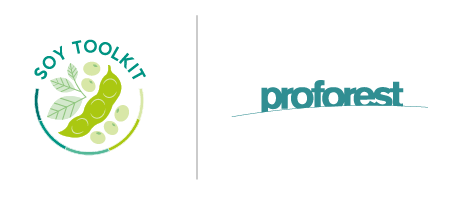Why do we work with soy?
Soy consumption is increasing globally, with the largest use coming from the animal feed industry. In 2016, three South American countries – Brazil, Argentina and Paraguay – together produced almost 50% of the world´s soy covering 56 million hectares of land, an area the size of France, and a forty-fold increase since 1970 (1).
In 2019-20, Brazil is expected to overtake the United States to become the largest producer of soy in the world, with a forecasted soybean planted area of 36.8 million hectares. The harvest for 2019-20 is forecasted to be a record 123.5 million metric tons (2).
However, soy production is also linked to substantial direct and indirect deforestation and conversion of other forms of native vegetation, as well as other social and environmental impacts.
In the Cerrado biome, soy is expanding faster than anywhere else in the world. In the Cerrado’s newest soy frontier region, known as MATOPIBA (Maranhao, Tocantins, Piaui and Bahia), 37% of the expansion of soy cropland in the last decade was through the direct conversion of native vegetation (3). This has increased the pressure on companies to tackle deforestation in their supply chains.
References
(1) The Trase Yearbook 2018
(2) Oilseeds and Products Update, Brazil, The United States Department of Agriculture, 2019
(3) The expansion of soybean production in the Cerrado by Arnaldo Carneiro Filho and Karine Costa, 2016
